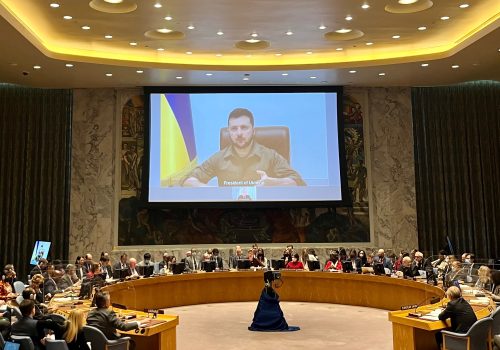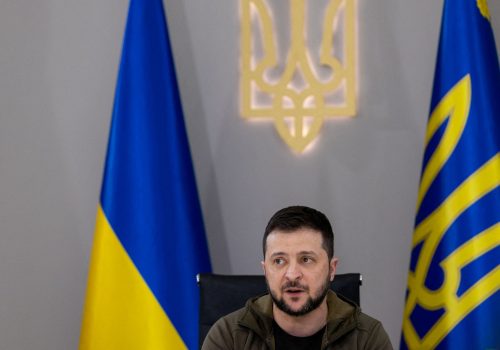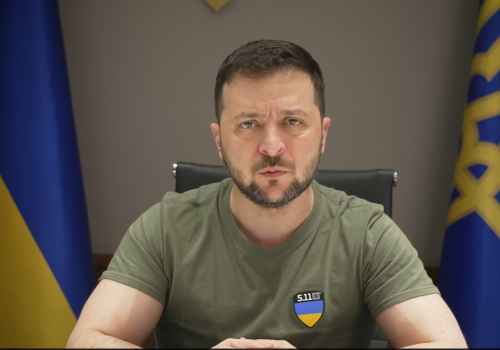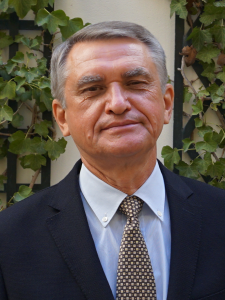Ukraine has been in a decades-long battle against Kremlin propaganda and media representing special interests. Kyiv just took a large, difficult step to rein in Moscow’s misinformation. President Volodymyr Zelenskyy issued personal sanctions against pro-Russian lawmaker Taras Kozak and the three TV channels he legally owns on February 2, effectively kicking them off the air overnight. These networks were major sources of propaganda within Ukraine as it continues to fight Moscow’s aggression in the Donbas. The United States and the EU both expressed their support for Ukraine’s efforts to curb disinformation in accordance with Ukrainian law. In an attempt to assuage potential concerns about the media censorship, Zelenskyy also underscored Ukraine’s support of free speech. Some, however, question the sanction’s legality since they target a Ukrainian citizen and member of parliament; and claim that it is a simple act of censorship.
With Ukraine’s Ministry of Culture now asking YouTube to take down the pages of those same networks, what else should Zelenskyy’s administration do to curb the spread of Russian propaganda in Ukraine? What was his rationale for acting on it now and not months ago? Where should Zelenskyy draw the line between free speech and propaganda?
His Excellency Denis Malyuska, minister of justice of Ukraine, joins the Atlantic Council’s Eurasia Center alongside Lesia Vasylenko, member of the Holos party in the Verkhovna Rada, Peter Pomerantsev, visiting senior fellow at the Institute of Global Affairs at the London School of Economics and senior fellow at the SNF Agora Institute at Johns Hopkins University where he co-directs the Arena Initiative, and Ambassador John Herbst, director of the Atlantic Council’s Eurasia Center. Melinda Haring, deputy director of the Atlantic Council’s Eurasia Center, moderates.
spotlight
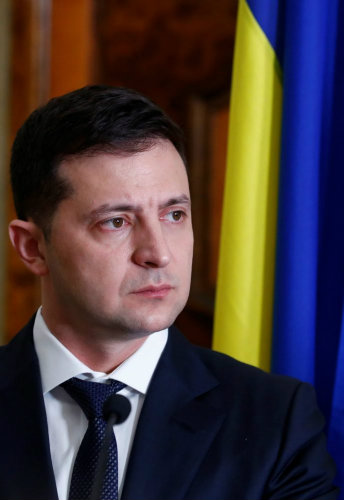
War-time president
Volodymyr Zelenskyy
RELATED experts

The Eurasia Center’s mission is to promote policies that strengthen stability, democratic values, and prosperity in Eurasia, from Eastern Europe in the West to the Caucasus, Russia, and Central Asia in the East.
